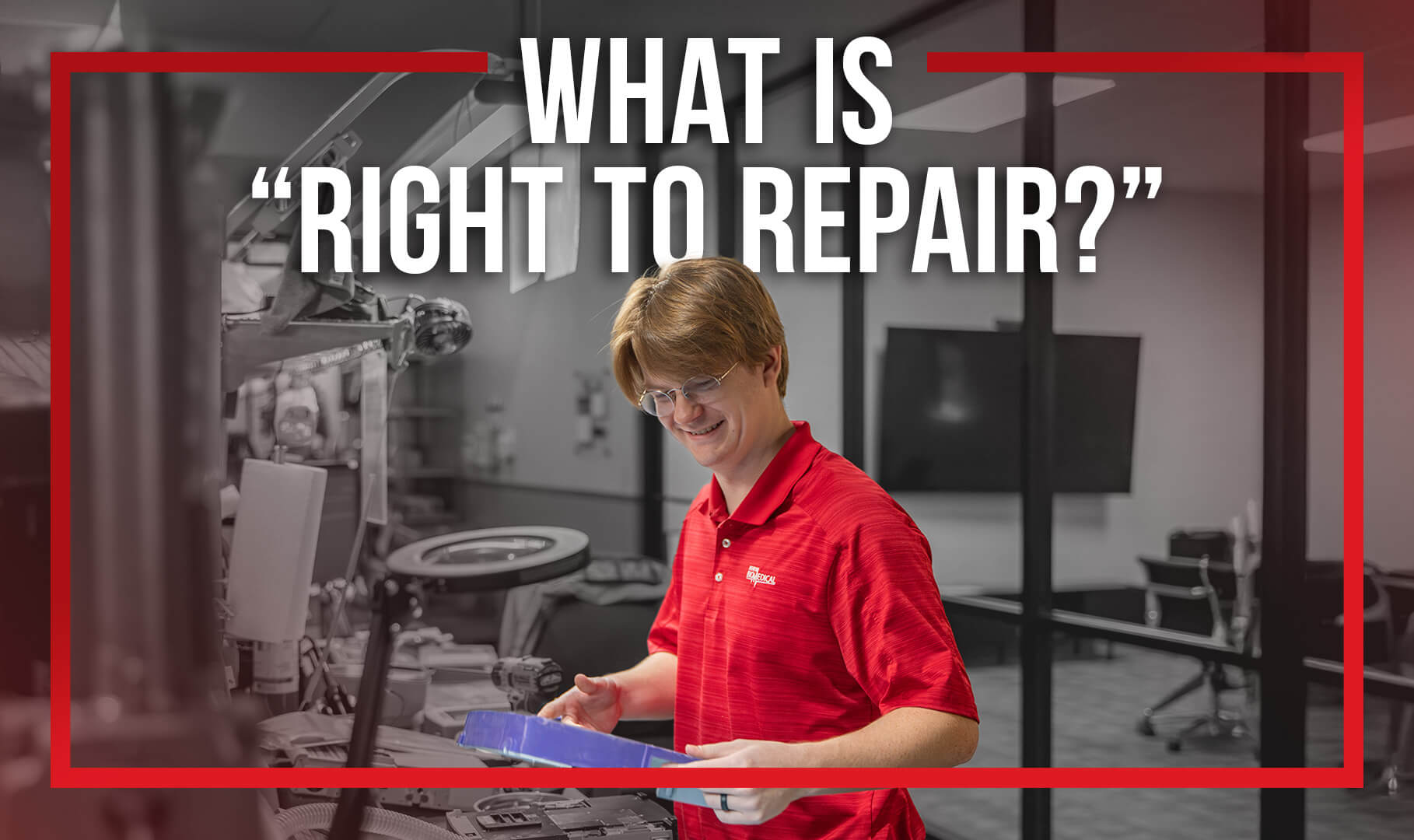
What is the “Right to Repair”?
In an age of planned obsolescence and limited access to parts, owning an electronic device sometimes doesn’t feel like ownership at all. The idea behind the right to repair is simple: if you own something, you should have the right to repair it or to take it to any technician you choose, rather than being limited to the original equipment manufacturer (OEM).
The conversation around the right to repair impacts almost all modern industries, from automobiles to medical equipment to agriculture. There are real-life consequences when equipment is only able to be repaired by the OEM.
One recent example involves farmers and John Deere equipment. When tractors broke down, farmers had to wait for a John Deere technician to service their equipment. These broken-down tractors sat unused due to John Deere’s service backlog, as crops withered and farmers lost money. Many states have now passed right to repair bills protecting farmers’ right to repair their equipment as they see fit, but others still wait for legislation to pass (source).
Protecting the Right to Repair
All fifty states have introduced right to repair legislation, and seven states have passed laws protecting the right of consumers to fix their own devices or have them fixed by a third party of their choosing. The law is changing to reflect the importance of the right to repair.
Current legislation around the right to repair largely focuses on personal devices like electronics and appliances, but many industries are realizing the value of protecting consumer rights. The healthcare industry is wrestling over the issue of right to repair, with budgets and timely access to repairs and service as leading issues. Third-party repairs of medical devices are essential for consumer protection, allowing services to access quick turnarounds, lower cost repairs, and extended unit lifetimes, all while improving patient safety and organizational sustainability.
Independent Service Organizations
Independent service organizations (ISO) play an important role in changing the landscape of medical equipment maintenance. Trusted ISOs like ReNew Biomedical deliver expert repairs and service that meet and exceed the high standards of the manufacturer, often at a fraction of the time and cost. By fighting for your right to repair, companies like ReNew can continue to offer healthcare providers a reliable, cost-effective alternative without compromising safety or performance.
Fast, Efficient Service
If OEMs are the only ones who can repair equipment, customers often experience longer waits and equipment downtimes. This is especially problematic for medical equipment, as equipment being unusable for long periods of time could mean a reduction in the quality of patient care. Independent Service Organizations deliver quality, efficient service to get your equipment back in use more quickly, leading to fewer delays and more lives saved.
Market Impact of Monopolies
When OEMs make themselves the only organization that can service their medical devices, the OEM has created a monopoly. This drastically reduces the incentive for OEMs to offer cost effective solutions for repair and maintenance, and forces customers to accept whatever rates the OEM charges. When customers have available alternatives, they gain the ability to shop around and find a service provider that’s able to meet their budgetary needs.
Safe and Certified
Several OEMs have pushed back against your right to repair, motivated to keep away competition for pricing and turnaround. Some OEMs even threaten to void device warranties, wrongly presenting third-party service options as risky, or even illegal.
In reality, ISOs are reliable options for certified and affordable repairs of medical devices. ISOs often pursue third-party regulation to hold themselves accountable, voluntarily signing up for expensive certifications and audits conducted by outside regulatory bodies to verify top-quality work. ReNew, for example, achieved ISO 13485 certification as a way to demonstrate and maintain our commitment to excellence.
We take the responsibility of repairing medical equipment very seriously. We know the market is best for our customers and safest for patients when competition and goodwill thrive.
Healthcare Providers Should Have Options
As the purchaser and owner of a medical device, you should have control over your device’s repair. Having the option to contract an independent service provider like ReNew Biomedical allows you to benefit from competitive pricing, faster turnaround times, and a partner that wants to keep you happy.
Reliable medical equipment is crucial to patient care, and keeping medical equipment running takes professionals. That’s why ReNew is proud to have partnered with the Alliance for Quality Medical Device Servicing, an advocacy group supporting right to repair legislation across the country. The Alliance stands with third-party repair providers and medical organizations who benefit from the right to repair.
OEMs often cite a lack of FDA regulation as a reason to avoid third-party repairs, but even the FDA recognizes the benefits of ISOs. “When hospitals have choices for servicing and parts, hospitals enjoy competitive pricing, accountability, and, in most cases, better service,” according to a 2018 FDA report assessing third-party service for medical devices.
Lack of options for equipment repair means higher prices and longer wait times. Make sure you know your rights so you can make the best choice for your organization’s medical equipment service needs.
Need medical device repairs? Have questions? Contact ReNew Biomedical today at service@renewbiomedical.com or fill out this contact form!










